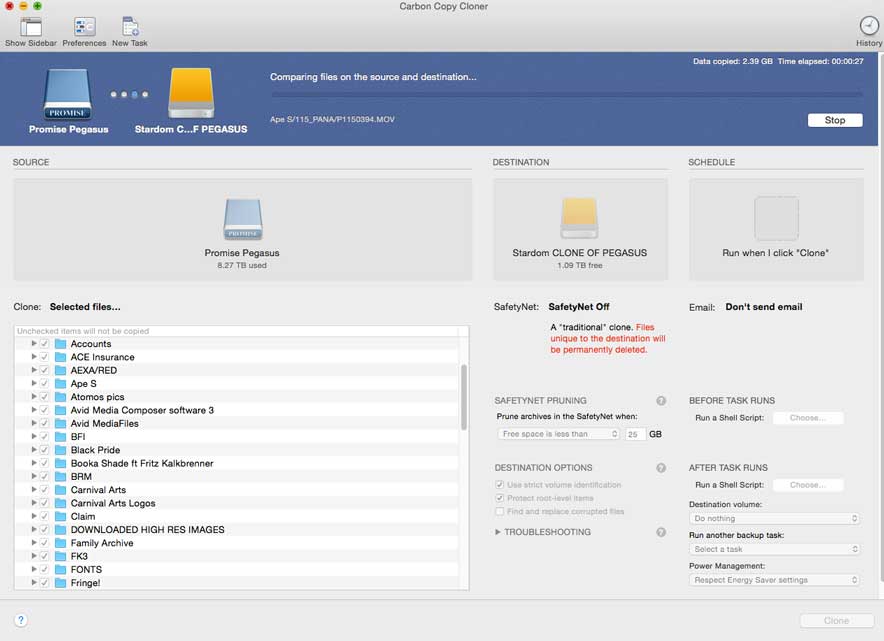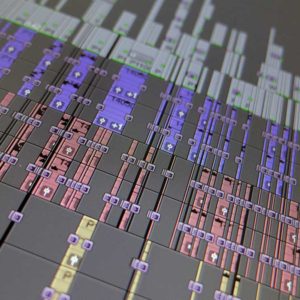Protect your video media is an introduction to protecting every editing project you are working on from hard drive failure written by a video editor.

Protecting your video media
When I’m booked as a freelance video editor, I frequently arrive at the client site to find a hard drive that has all the required camera media files copied onto it. If I’m lucky, there will have been another copy of those camera files already copied onto another separate hard drive. To protect the camera media it is essential that the camera files get copied onto two separate drives at least. It’s also essential for the smooth running of the post-production workflow that the entire folder structures, for file-based media, are kept exactly as they were created on the camera cards.
Most smaller companies or creative agencies, when creating their own video content, may not have established processes in place for managing and protecting all their new assets which are created during the post-production and video editing workflow. Therefore, if this is the case, I believe it behoves us as video editors to also undertake the management of the project assets and media from the start to the end of our booked edit (or to the end of the project) in order to ensure successful delivery of the final edit or project deliverables.
Once editing starts
Once editing begins, new transcodes, media imports and renders are created. Although the camera files themselves will hopefully have been backed-up, it is possible that these newly created media assets will then exist on one hard drive only and therefore they cannot be protected against any possible hard drive or hard drive directory failure.
Working with Avid Media Composer, I may be expected to either transcode or consolidate the AMA linked camera files before I start editing. If this is the case, then immediately there will be one copy only of this particular media. Given the constant time pressures when working as a freelance video editor, it is very unlikely that there would also be sufficient time to create a backup copy of all new assets before the edit progresses.
Take your own mirrored hard drive
I think one solution, that can help a freelance video editor, is to take your own suitably large hard drive to each client edit. By having an extra drive you could, for example, run Carbon Clone to duplicate the main media hard drive with the camera rushes on as the edit progresses. This will ensure there is at least one other copy of any new media created during the edit.
As well as all the media assets, it is important that the actual project information is also copied onto a separate hard drive. If I am using my MacPro at a client site, I copy the Avid project onto the media drive and or backup in the event of a problem with my computer.
Making copies of all the media and project assets helps a freelance video editor to ensure that any such projects will be delivered securely.
Helping your client
Stressing to these clients the importance of protecting their assets with a simple workflow can help raise awareness to a potentially neglected issue. Suggesting that they invest in something like a Promise Pegasus RAID 5 drive (and also a separate drive to clone that) can be an affordable solution to smaller companies when creating their own video content. Using just one RAID 5 drive is not a secure way to protect your media you should also ensure that you have a clone of that RAID 5 as well.
There is a comprehensive article of the pros and cons of different RAID levels on Wikipedia.
I hope you have found this article about how to protect your video media helpful. If I can help with any questions or advice that you may have please get in touch.



